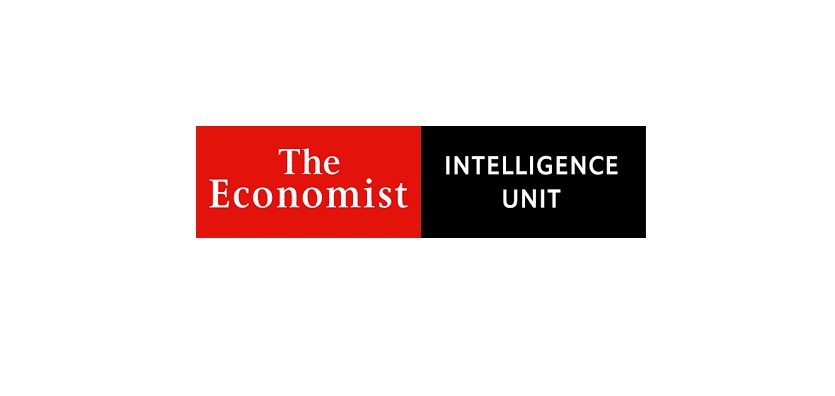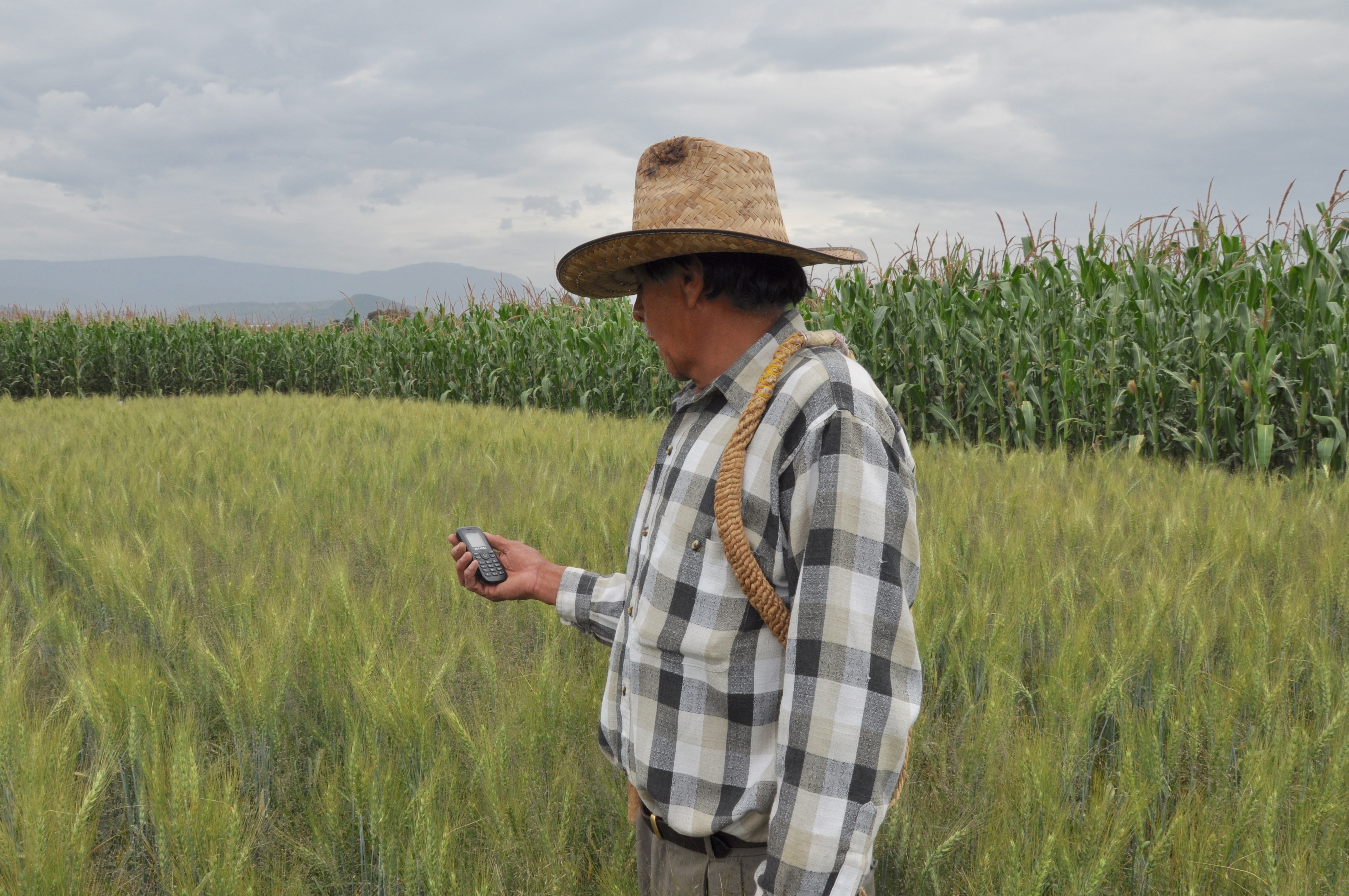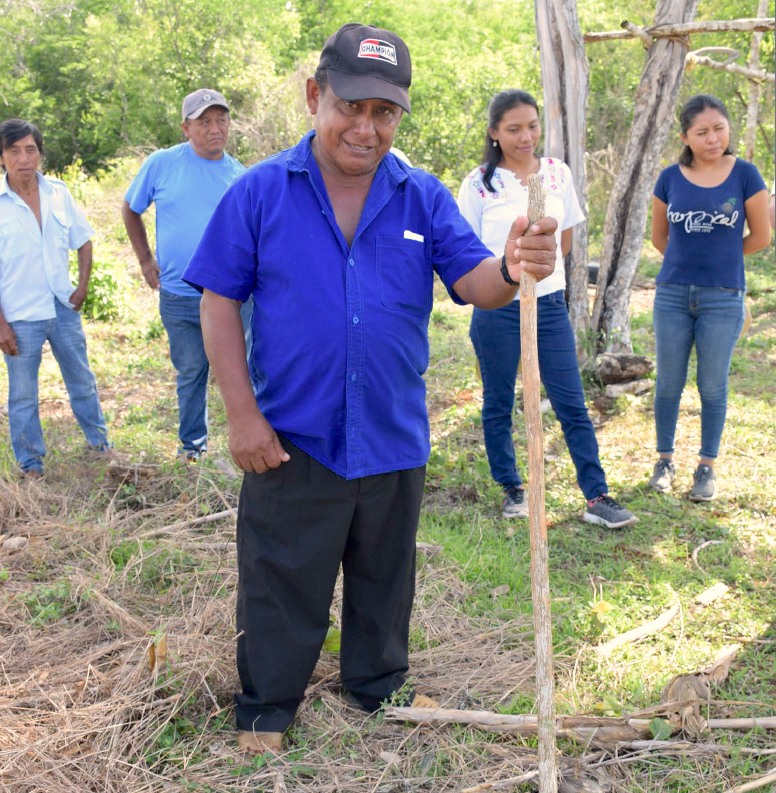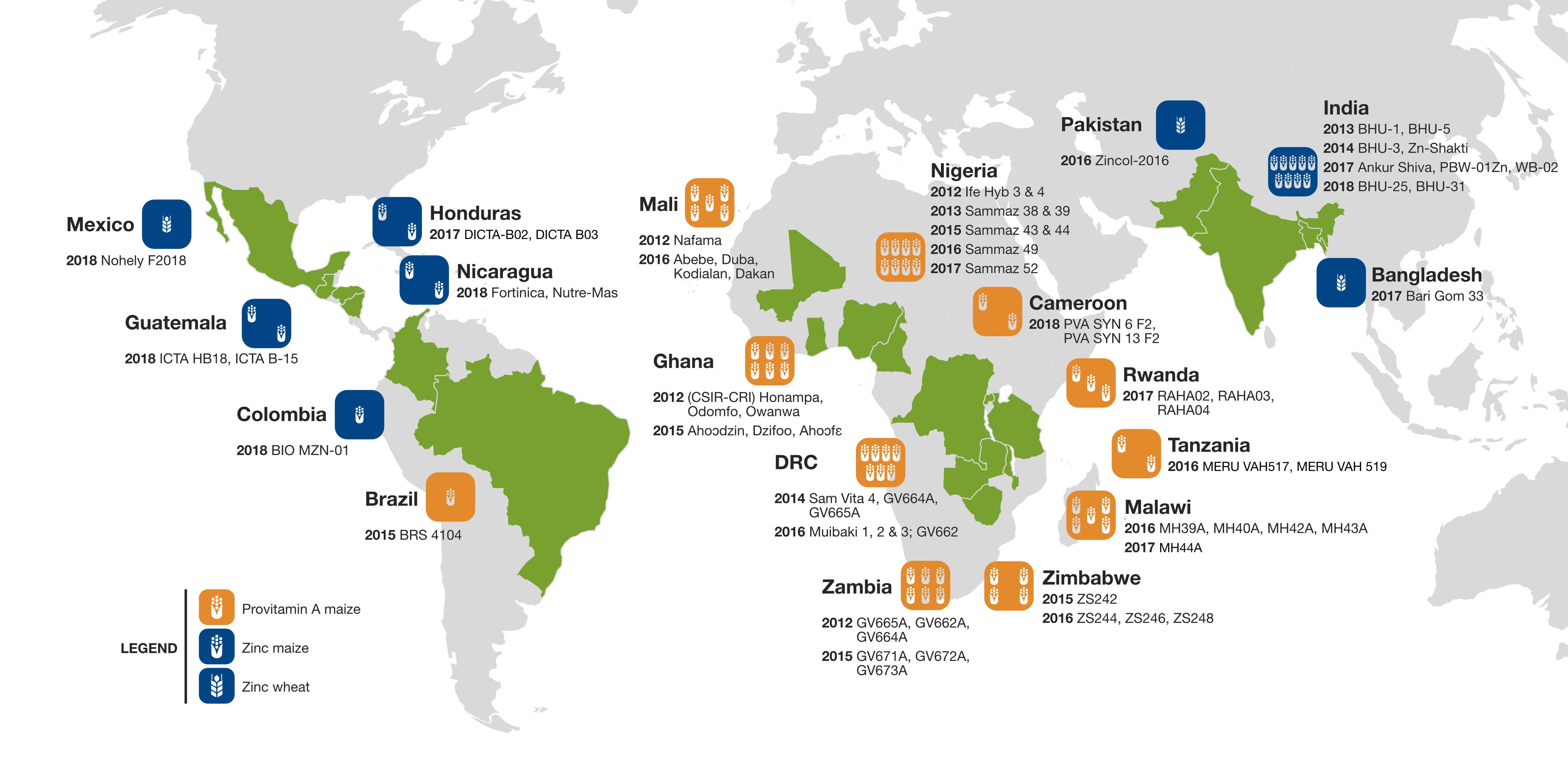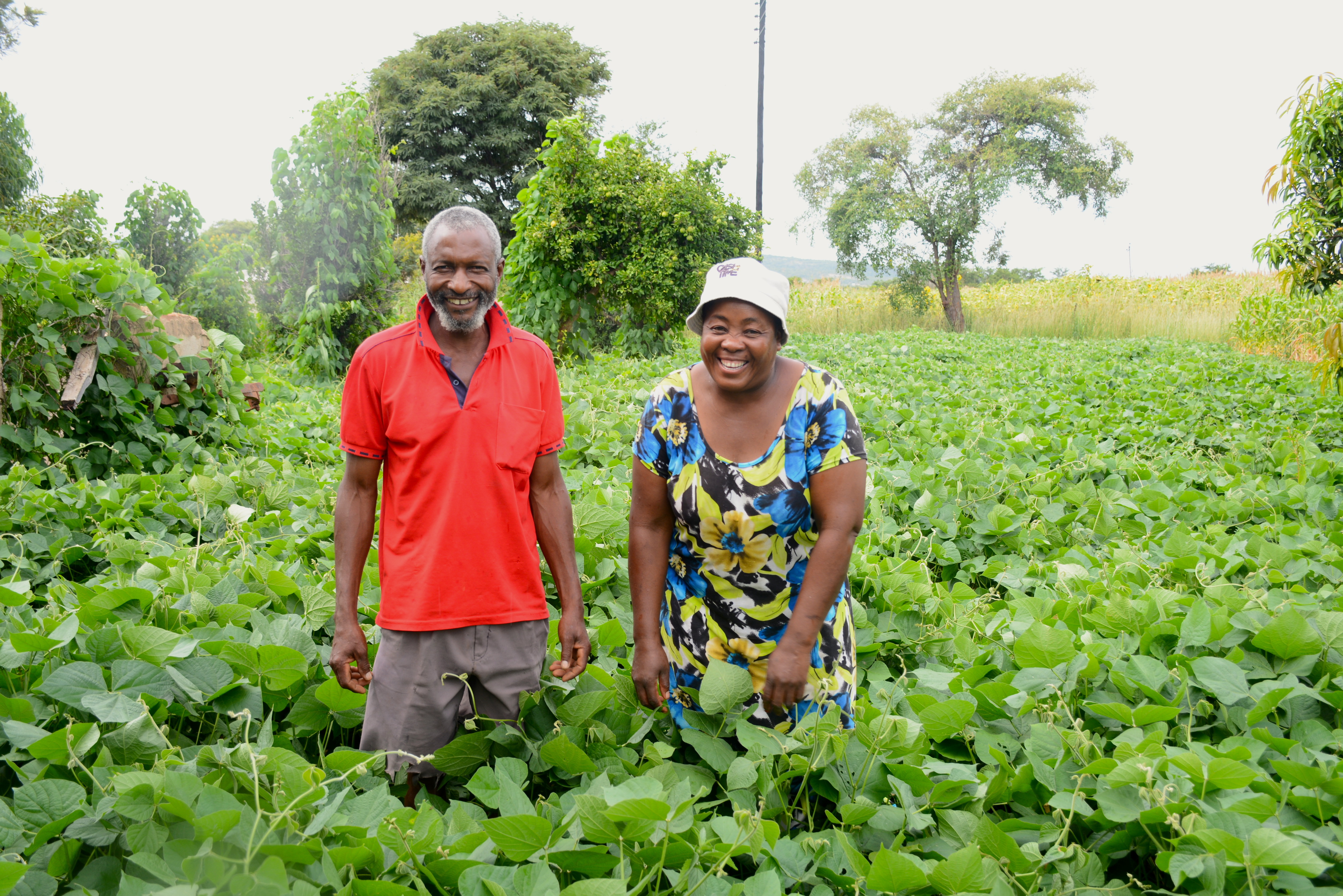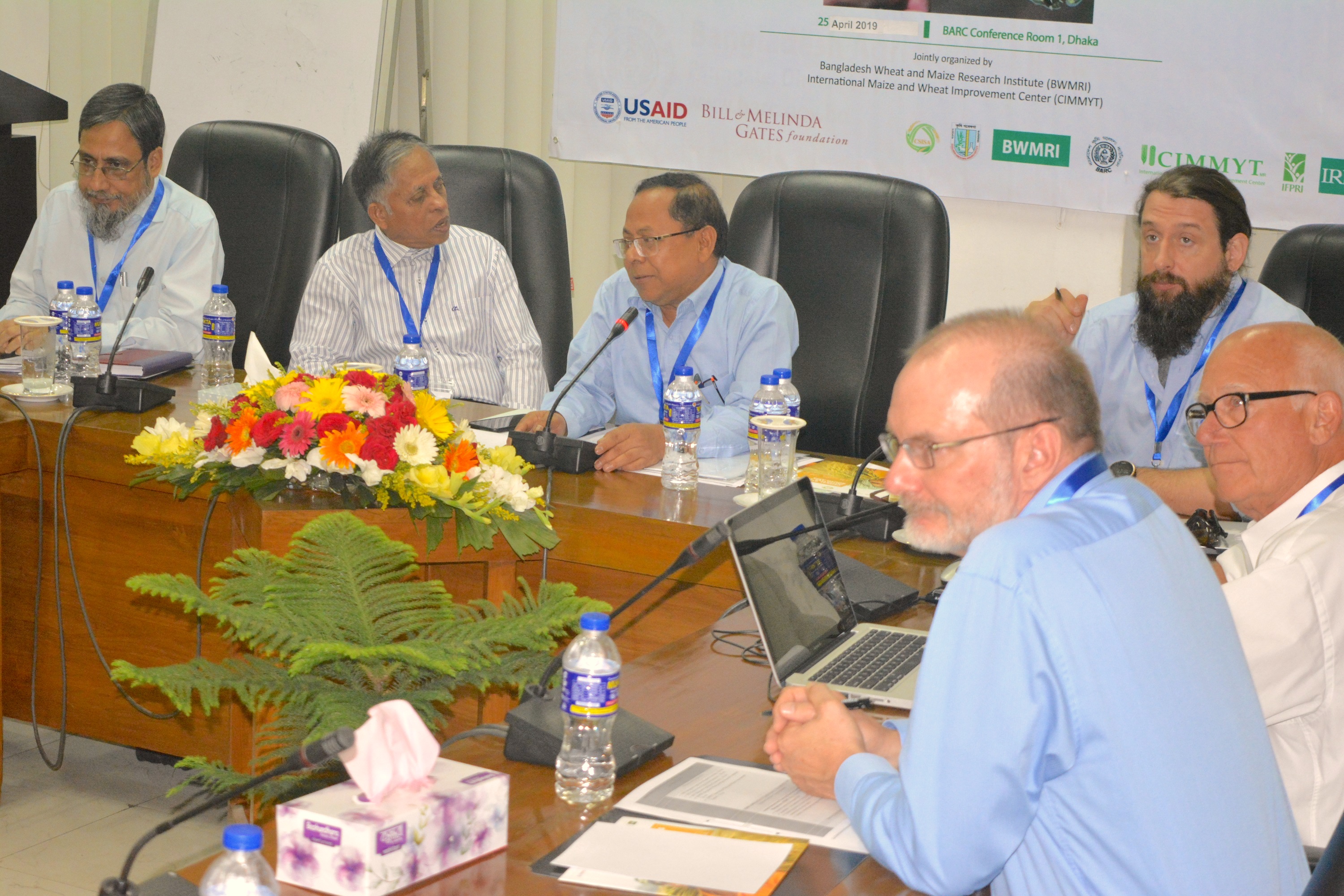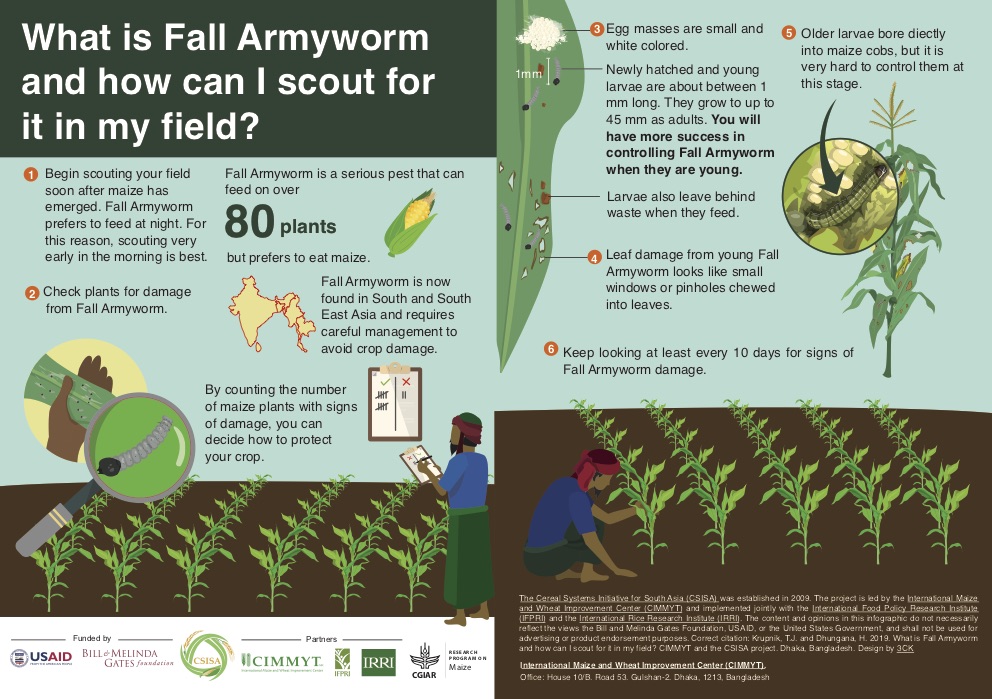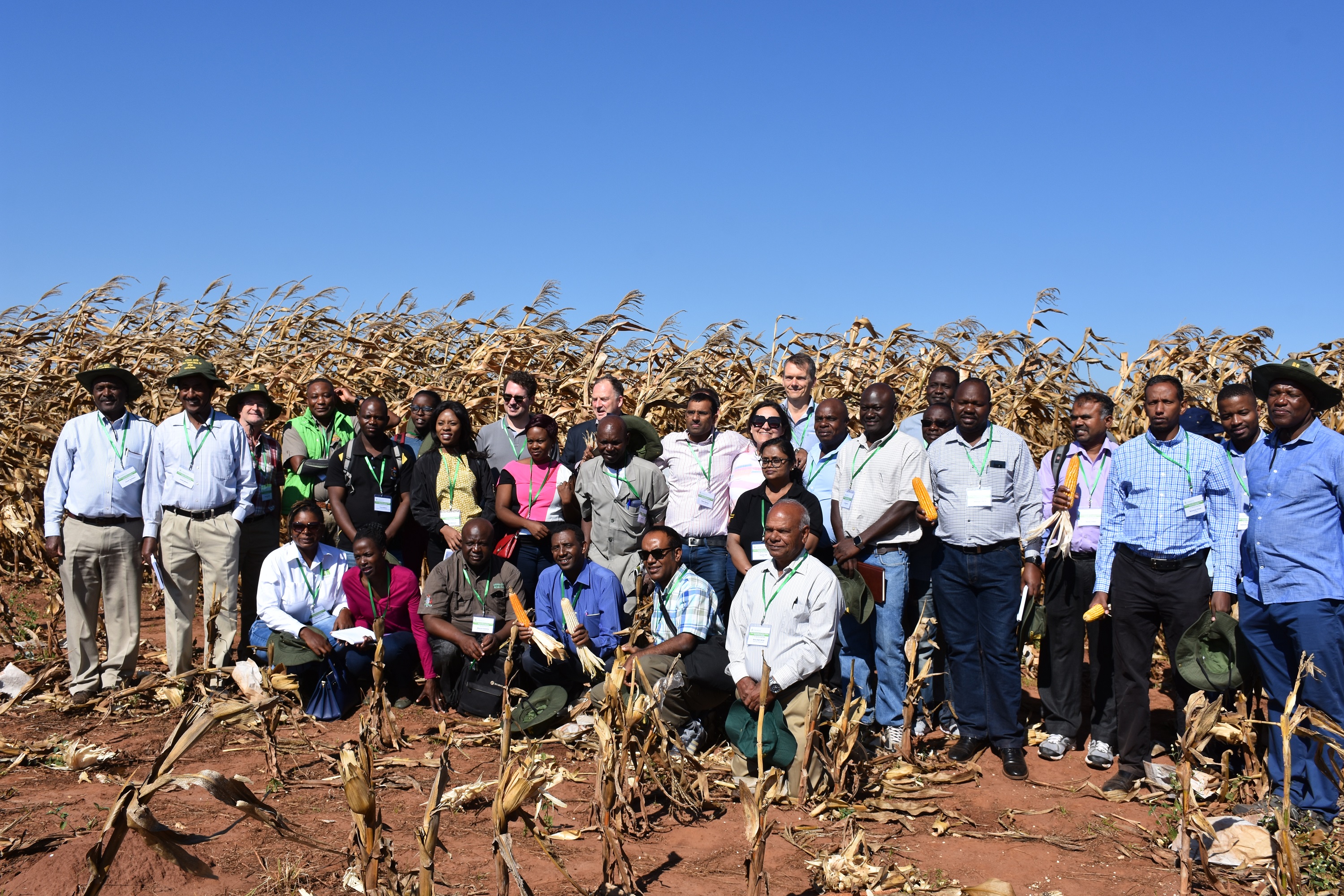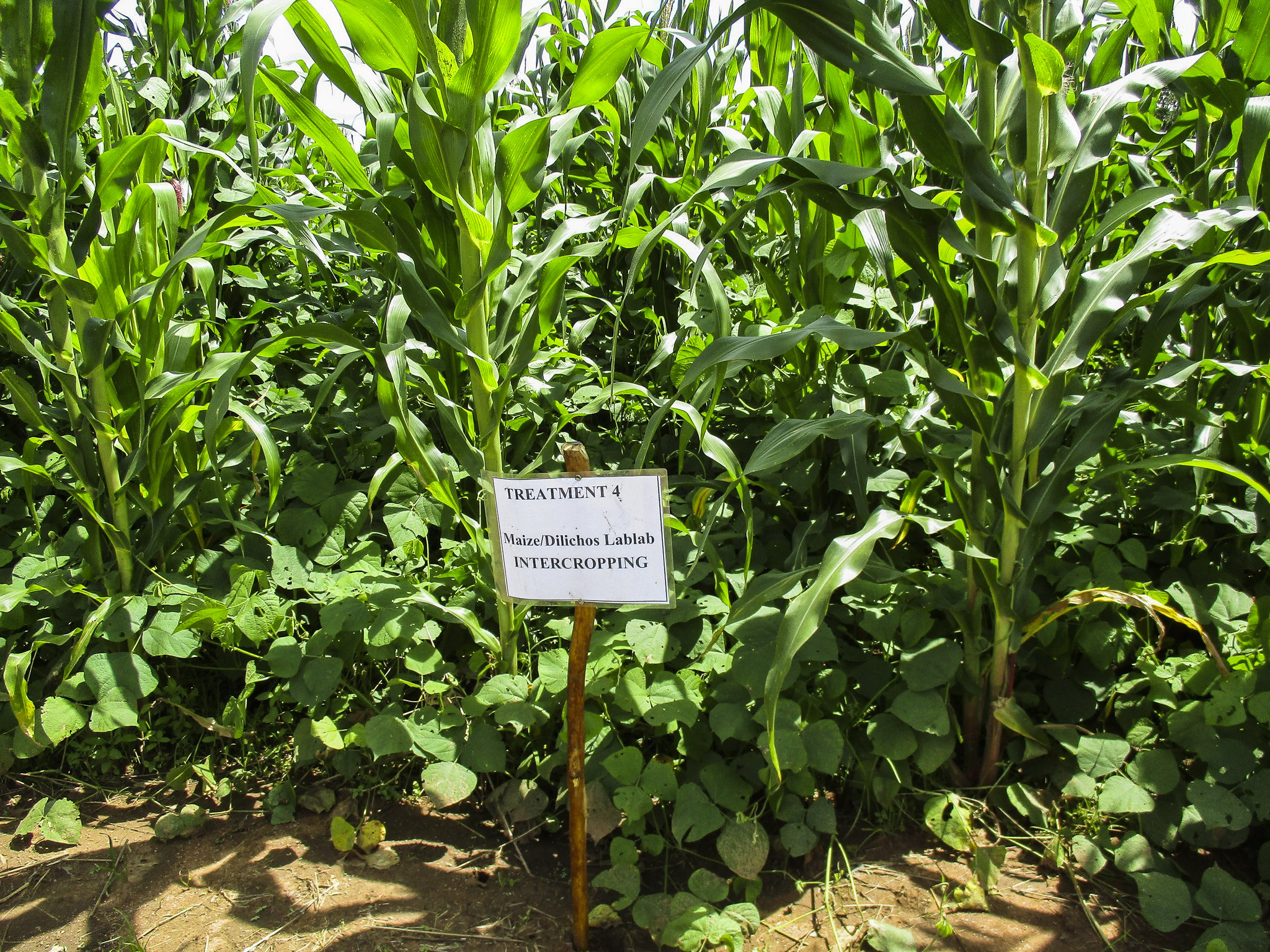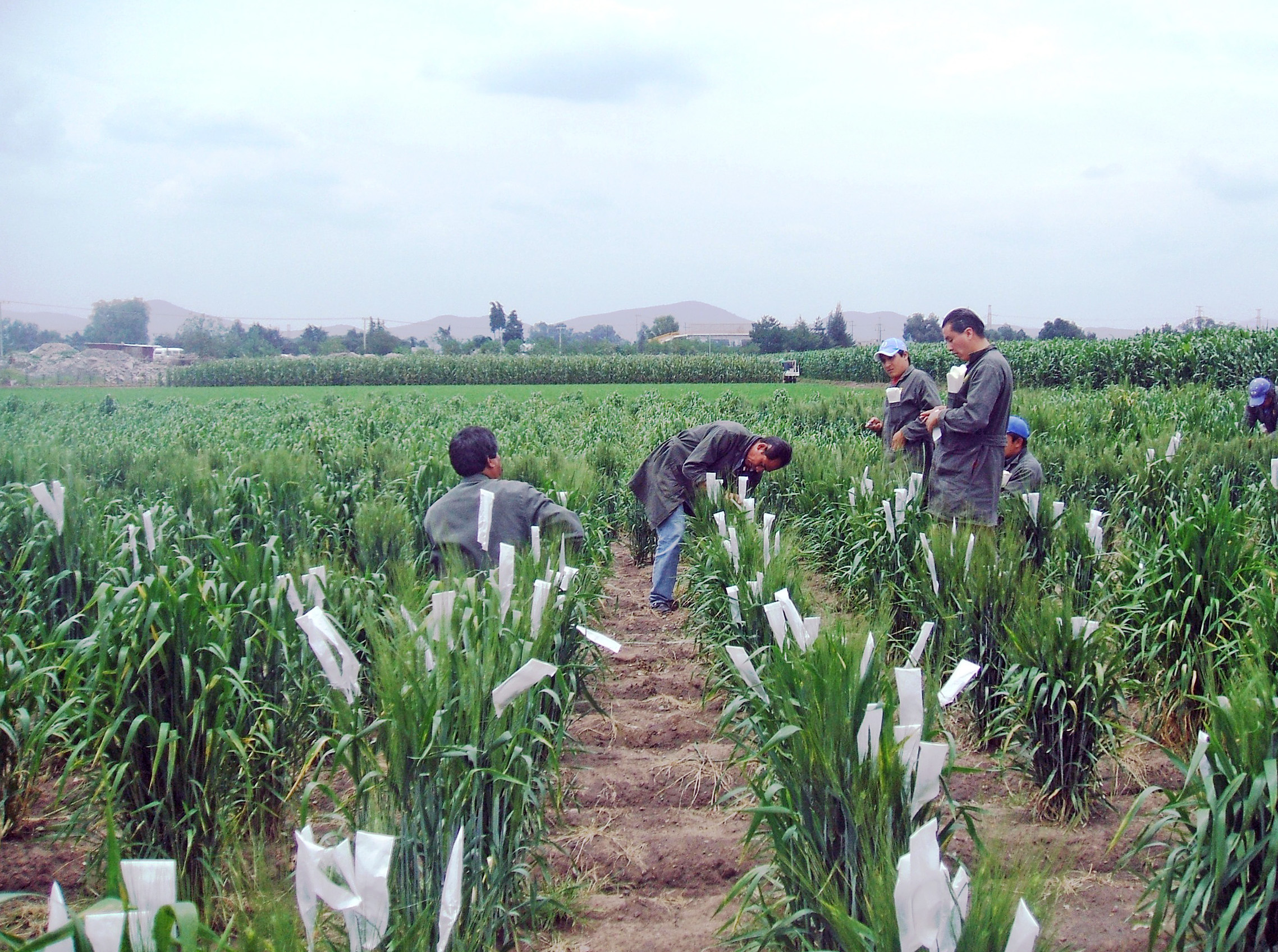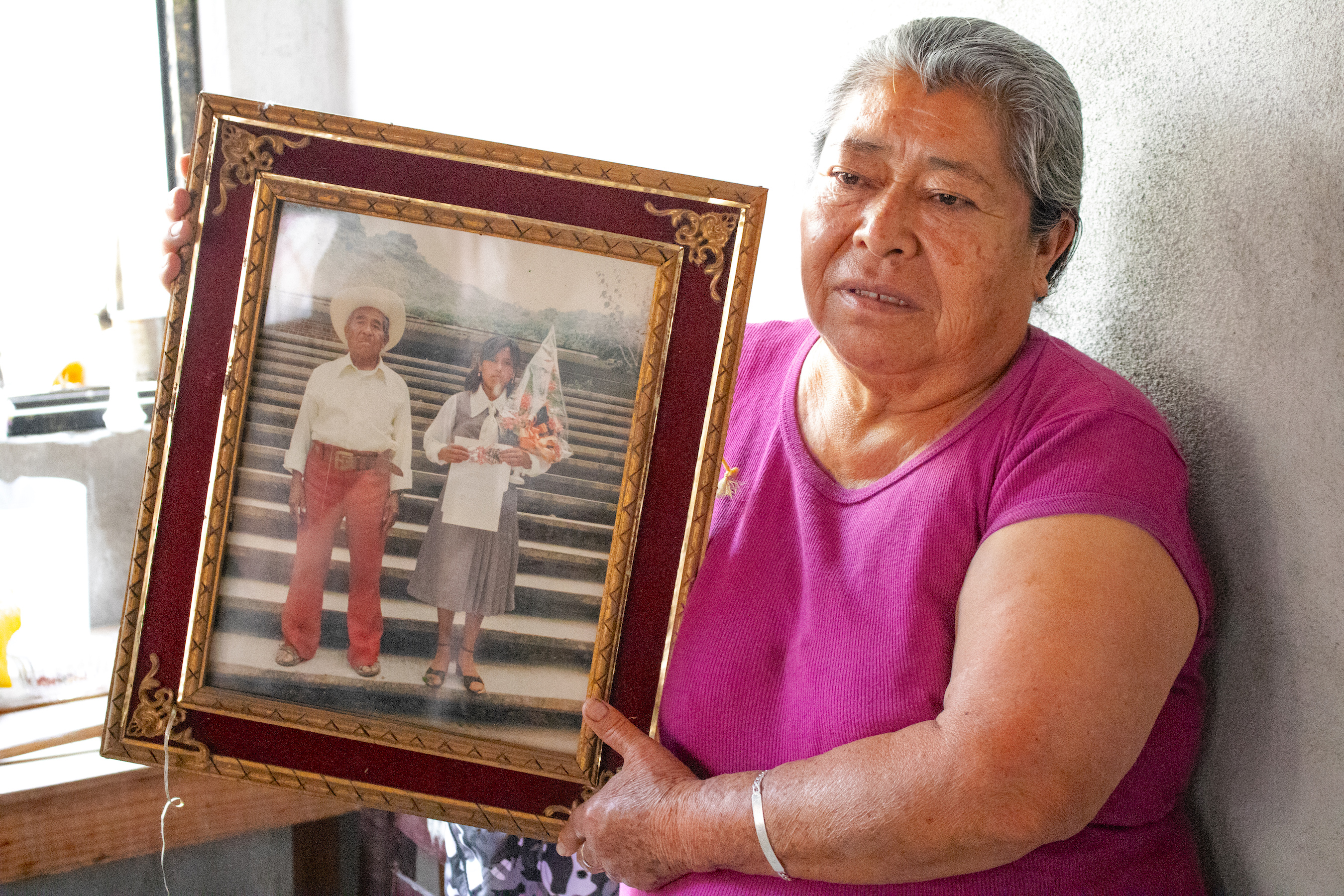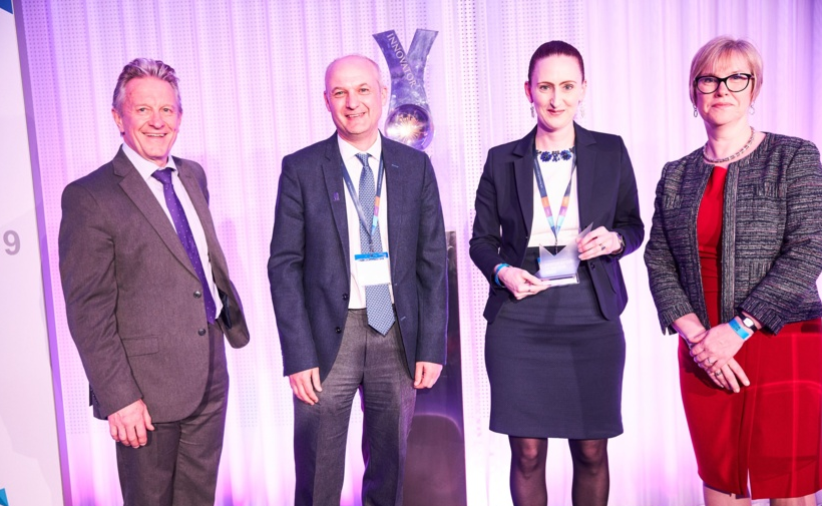Nutrition, health and food security
As staple foods, maize and wheat provide vital nutrients and health benefits, making up close to two-thirds of the world’s food energy intake, and contributing 55 to 70 percent of the total calories in the diets of people living in developing countries, according to the U.N. Food and Agriculture Organization. CIMMYT scientists tackle food insecurity through improved nutrient-rich, high-yielding varieties and sustainable agronomic practices, ensuring that those who most depend on agriculture have enough to make a living and feed their families. The U.N. projects that the global population will increase to more than 9 billion people by 2050, which means that the successes and failures of wheat and maize farmers will continue to have a crucial impact on food security. Findings by the Intergovernmental Panel on Climate Change, which show heat waves could occur more often and mean global surface temperatures could rise by up to 5 degrees Celsius throughout the century, indicate that increasing yield alone will be insufficient to meet future demand for food.
Achieving widespread food and nutritional security for the world’s poorest people is more complex than simply boosting production. Biofortification of maize and wheat helps increase the vitamins and minerals in these key crops. CIMMYT helps families grow and eat provitamin A enriched maize, zinc-enhanced maize and wheat varieties, and quality protein maize. CIMMYT also works on improving food health and safety, by reducing mycotoxin levels in the global food chain. Mycotoxins are produced by fungi that colonize in food crops, and cause health problems or even death in humans or animals. Worldwide, CIMMYT helps train food processors to reduce fungal contamination in maize, and promotes affordable technologies and training to detect mycotoxins and reduce exposure.
Mexico’s heirloom corn is dying out–but this designer has a plan to stop it
 Innovations
Innovations
Source: Fast Company (7 Jun 2019)
Designer Fernando Laposse collaborated with CIMMYT to find seeds and resuscitate six species of native Mexican corn.
Six investments to help family farmers thrive in the next decade
 Climate adaptation and mitigation
Climate adaptation and mitigation
Source: The Economist Intelligence Unit (6 Jun 2019)
CIMMYT DG Martin Kropff and CABI CEO Trevor Nicholls propose six key actions to support family farmers.
Six investments to help family farmers thrive in the next decade
 Nutrition, health and food security
Nutrition, health and food security
CIMMYT’s director general and CABI’s CEO propose six ways to support family farmers.
Sustainable tradition
 Nutrition, health and food security
Nutrition, health and food security
Transition to sustainable farming using concepts from ancestral food production systems leads to healthier soils and diets in Mexico.
Biofortified maize and wheat can improve diets and health, new study shows
 Nutrition, health and food security
Nutrition, health and food security
New varieties deliver essential micronutrients to those who lack diverse diets.
Fodder for thought
 Nutrition, health and food security
Nutrition, health and food security
How green manure and conservation agriculture are transforming the lives of farmers in eastern Zimbabwe.
Bangladesh increases efforts to fight fall armyworm
 Nutrition, health and food security
Nutrition, health and food security
Experts discussed the status of the outbreak, the role of research and applicable measures.
The fall armyworm, explained
 Nutrition, health and food security
Nutrition, health and food security
A series of infographics shows farmers in Bangladesh the threat of fall armyworm, how to identify it in the fields and what to do in case of damage.
Shifting to a demand-led maize improvement agenda
 Climate adaptation and mitigation
Climate adaptation and mitigation
In annual meeting, STMA project partners build on the successes of research in combatting drought, heat, pests and disease.
New publications: Agro-ecological options for fall armyworm management
 Innovations
Innovations
Researchers suggest agro-ecological approaches be promoted as a core component of integrated pest management programs.
Rebuttal letter sets the record straight on crop breeding for climate change resilience
 Climate adaptation and mitigation
Climate adaptation and mitigation
Crop scientists refute the flawed findings of a study questioning climate resilience in modern wheat breeding.
You can grow wheat, rice with 40% less water-research shows
 Innovations
Innovations
Source: Daily Trust (23 May 2019)
CIMMYT researchers report a sub-surface drip fertigation system combined with conservation agriculture uses less water to produce the same wheat and rice yields.
Tracing maize landraces, 50 years later
 Environmental health and biodiversity
Environmental health and biodiversity
Scientists track down the families in Morelos, Mexico, who donated maize landraces to CIMMYT in 1966-67. Would they still be cultivating them?
Wild wheat relative genes to aid in battle against trio of pests
 Nutrition, health and food security
Nutrition, health and food security
Source: Phys.org (17 May 2019)
CIMMYT developed wheat lines to defend against pests by breeding durum wheat and Aegilops tauschii, a progenitor species of wheat.
MARPLE team recognized for international impact
 Innovations
Innovations
Research team behind revolutionary field test for wheat disease wins prestigious BBSRC prize.

